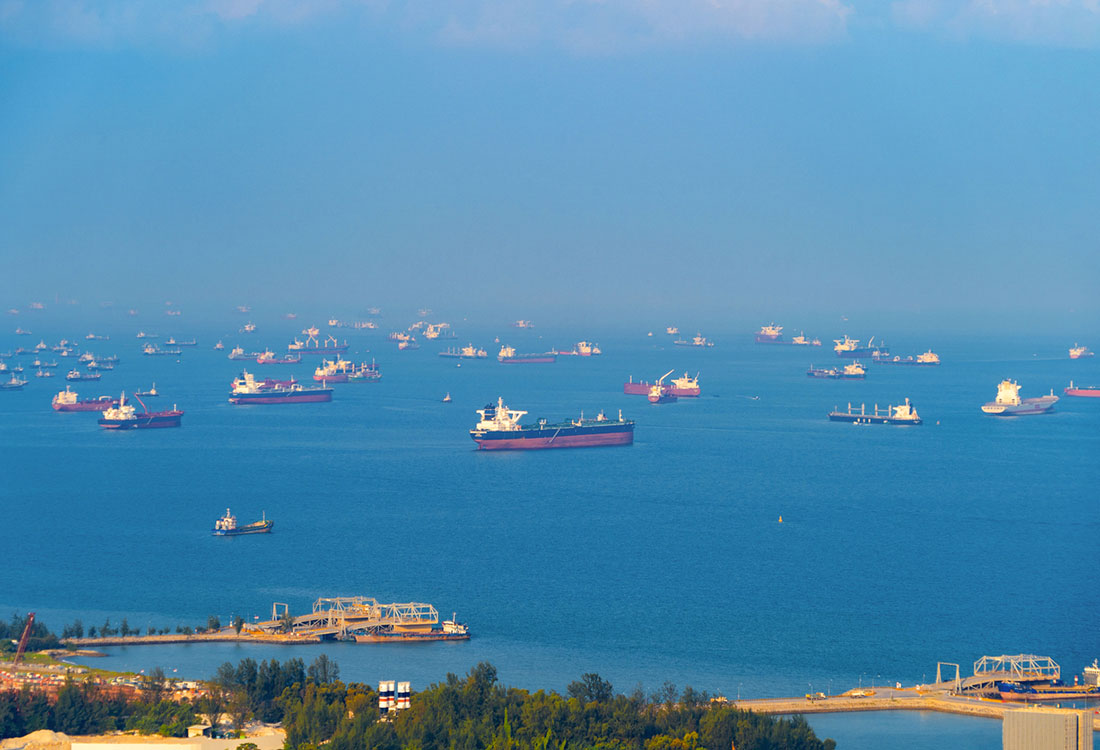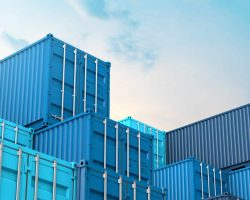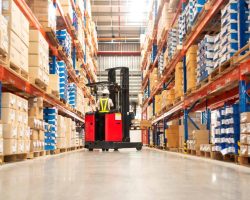
Port congestion in China and other Asian countries is pressuring an overstretched container shipping market that is already reeling from vessel space and equipment shortages. This issue has significant implications for global trade and logistics, particularly for companies reliant on timely shipping.
The Scale of the Problem
In Singapore, the world’s second-busiest container port, severe congestion is leading to berthing delays as long as seven days. Under normal conditions, a vessel waits about half a day to dock at the port. This delay clearly indicates the broader challenges facing the region’s shipping infrastructure.
Causes of Congestion
Several factors contribute to this congestion:
- Increased trade volumes: As global trade accelerates following a slump, the surge in shipments is overwhelming port capacities.
- Labour strikes and geopolitical tensions are exacerbating delays and disrupting the smooth flow of goods.
- Redirected shipping routes: Incidents such as Red Sea attacks have forced carriers to take longer routes, affecting transit times and equipment availability.
Impact on Supply Chains
The congestion is not just a local issue but has ripple effects across global supply chains. For instance, carriers skipping calls at congested ports will further aggravate the problem at downstream ports that will have to handle additional volumes. This leads to delays and increased costs for businesses, especially during peak shipping seasons like back-to-school and holiday periods.
Strategies for Businesses
To mitigate the impact of port congestion, businesses can adopt several strategies:
- Advance planning: Companies should build in extra lead time to their orders to account for potential delays.
- Diversification of shipping routes: By exploring alternative routes and ports, businesses can avoid the most congested areas.
- Enhanced communication with logistics partners: Maintaining open lines of communication with freight forwarders and carriers can help in managing expectations and finding timely solutions.
At Universal Logistics, we recommend understanding that rates will continue to increase during this period. By staying informed and proactive, businesses can better navigate these challenges and maintain efficient supply chains.
For more detailed strategies and assistance, contact our experts at Universal Logistics.
















